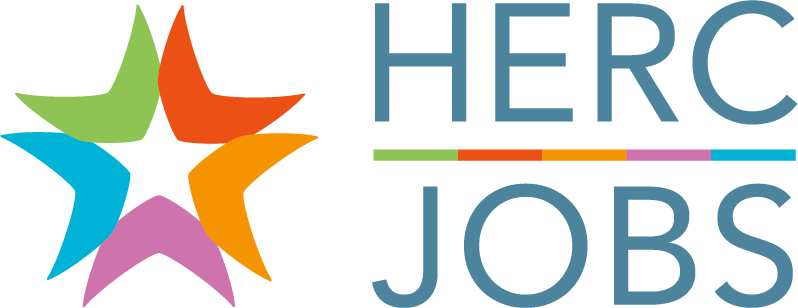Do’s and Don’ts for Following Up on Your Application

You found a job opportunity that matches what you’re looking for, at an institution that you’ve been eyeing for months. You submitted your cover letter and resume and received an automated email confirming receipt. Two weeks have passed, and you still haven’t heard from a real person, which surprises you – you thought you were a strong candidate. What can you do? Are there things that you should avoid doing?
Don’t Assume You’re Being Ignored
Only getting an automated response to your application submission can be annoying, but there are many possible reasons why you haven’t heard from a real person yet. Your application could still be sitting in an inbox, unopened.
Some institutions have extensive hiring processes that require leaving job postings up for a certain amount of time before they can take them down. Going through applications to identify strong candidates can also take a long time, especially if multiple people are involved. Check the original job listing for any information about the institution’s hiring process and timeline.
Another possible reason for a delayed response is that many HR departments are short-staffed, making a long process even longer. Like other sectors, higher ed is experiencing staffing shortages during the COVID pandemic.
Do Find a Contact Person
Reaching out for an update on your application status is completely acceptable. First, figure out who to follow up with. Check if there’s a hiring manager listed in the job posting. There may also be a note to NOT contact the hiring manager. If that is the case, do follow that guidance otherwise you could hurt your chances of being considered.
If you can’t find a real person to contact in the job posting, check your personal connections. Do you know anyone that works at the institution? If you do, they may be able to find out who the hiring manager is.
If your personal connection can’t link you directly to the hiring manager, ask them to put in a good word about you, which could be better than your own direct follow-up message. It might also be in your connection’s interest to help you if the institution has an employee referral program.
If no hiring manager is listed and you don’t have any contacts working at the institution, then do research online to locate a recruiter or someone in HR. Check the institution’s website or find the institution on LinkedIn and go through its list of people/employees.
Do Send a Follow-Up Message via Email or LinkedIn
Many hiring experts recommend waiting about two weeks after you’ve submitted your application to send any kind of follow-up message. A written message is preferred over a phone call because it shows that you respect that person’s time, plus it gives you some space to make your personal pitch.
Your message should succinctly confirm your interest in (and excitement about) the position, highlight your most relevant experiences and skills, and express gratitude for their time. This could be your first impression on the hiring manager. Your message should be strong and compelling enough to get them to WANT to find your application in their inbox.
If you don’t get a response to your message, wait another two weeks to send a short and final follow-up to double down on your interest and qualifications.
Don’t Be Hard on Yourself
It isn’t fun to feel like you won’t get closure on a job opportunity that you felt was perfect for you. The waiting and uncertainty can take their toll on your mental health – take a break from job searching when you need it. And when you’re ready to, resume your search; better opportunities are out there. Be patient and diligent and the right job will eventually appear in your job search.
Want CV/resume and cover letter tips? Download our free ebook, How to Apply for Higher Education Careers (Revised Edition).
Check out more Top Articles on HERC Jobs.
About the Author: Marcia Silva is the director of marketing and communications at the Higher Education Recruitment Consortium. She strives to create engaging, research-informed content that empowers job seekers and employers committed to creating inclusive workplaces. She is passionate about using digital media and technology to encourage participation and strengthen communities.
